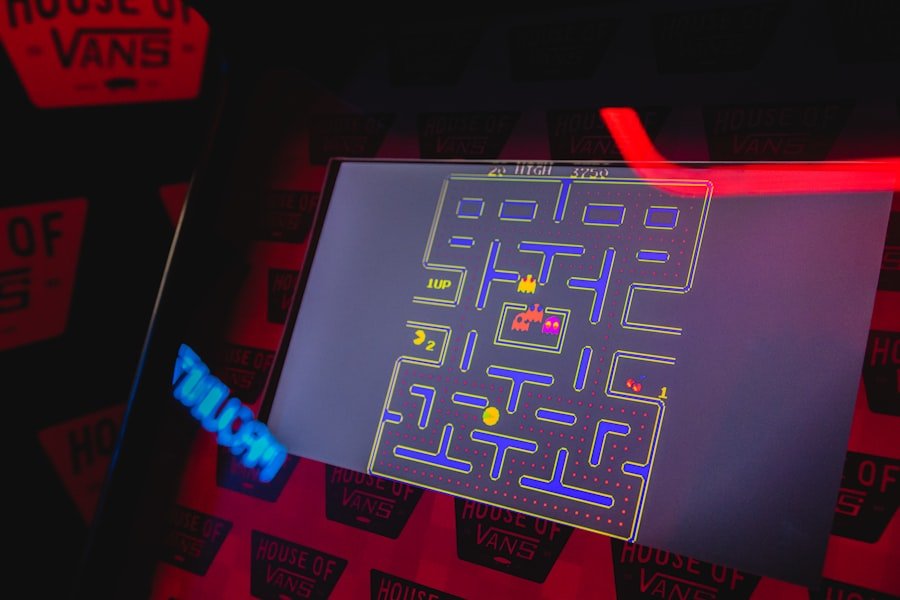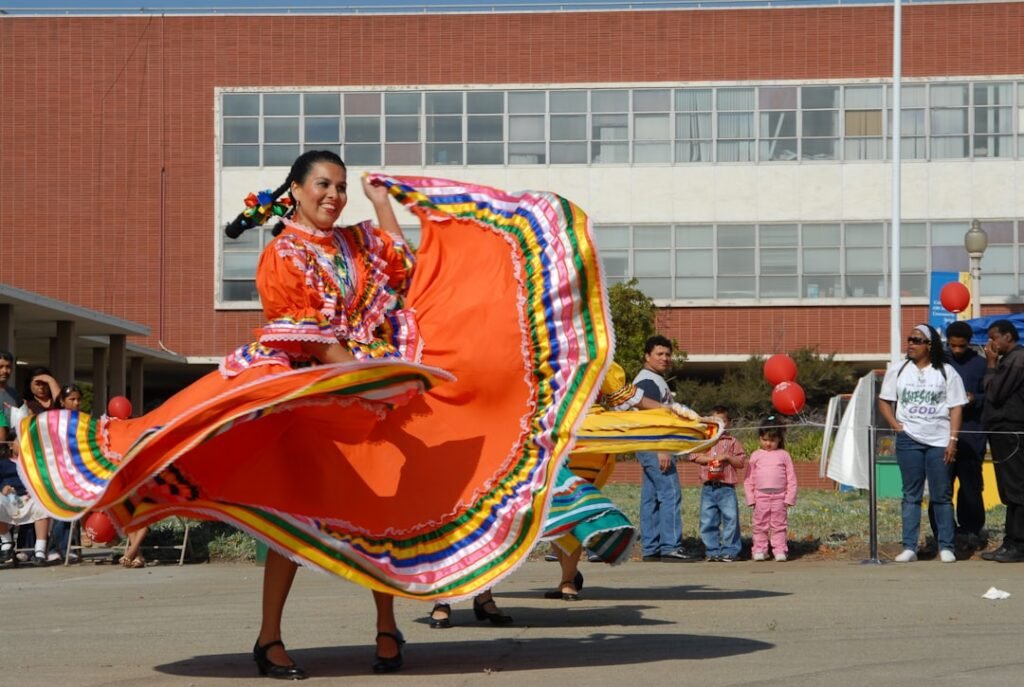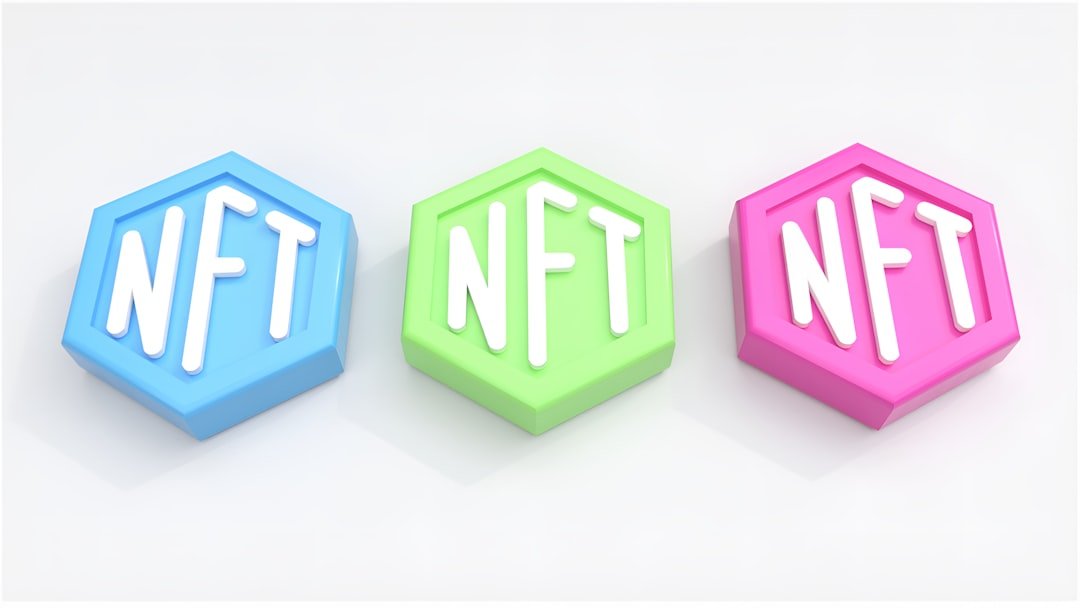Now Reading: The Future of Graphics: Beyond Realism in 2025
-
01
The Future of Graphics: Beyond Realism in 2025
The Future of Graphics: Beyond Realism in 2025

As I reflect on the journey of graphics in the digital age, I am struck by how far we have come. The evolution of graphics has been nothing short of revolutionary, transforming the way we communicate, create, and consume visual content. From the early days of pixelated images and rudimentary designs to the sophisticated, high-definition graphics we see today, the landscape has changed dramatically.
The advent of digital technology has not only enhanced the quality of graphics but has also expanded the possibilities for artistic expression. I find it fascinating how graphics have evolved from mere representations of reality to complex visual narratives that can evoke emotions and provoke thought. In this digital era, we are witnessing a shift towards non-realistic graphics that prioritize artistic expression over photorealism.
This trend reflects a broader cultural movement that values creativity and imagination. As I delve deeper into this topic, I am eager to explore how non-realistic graphics have emerged as a powerful medium for storytelling and communication. The rise of digital art forms, coupled with advancements in technology, has opened new avenues for artists and designers to push the boundaries of their craft.
In this article, I will examine various aspects of non-realistic graphics, from their role in gaming and film to their impact on education and marketing.
Key Takeaways
- The evolution of graphics in the digital age has led to the rise of non-realistic graphics, allowing for artistic expression in virtual worlds.
- Surrealism in graphic design is pushing the boundaries of imagination and creating new possibilities for visual storytelling.
- Artificial intelligence plays a significant role in shaping non-realistic graphics, opening up new avenues for creativity and innovation.
- Non-realistic graphics in virtual reality are creating immersive experiences, transforming the way we interact with digital environments.
- Non-realistic graphics are enhancing gameplay, storytelling, and visual storytelling in gaming, film, animation, advertising, marketing, education, and training, redefining the future of graphic expression in 2025.
The Rise of Non-Realistic Graphics: Artistic Expression in Virtual Worlds
The Freedom to Explore and Experiment
This artistic freedom fosters a sense of exploration and experimentation, encouraging creators to develop their own distinctive styles. In many ways, non-realistic graphics serve as a reflection of our collective imagination, inviting viewers to engage with art in a way that transcends the ordinary and offering a glimpse into fantastical realms that challenge our perceptions of reality.
The Power of Abstraction and Symbolism
As I navigate through various digital landscapes, I am reminded of the power of abstraction and symbolism in conveying complex ideas and emotions. This shift towards non-realistic graphics not only enriches our visual experiences but also encourages a deeper connection between the audience and the artwork.
A New Era of Visual Storytelling
Non-realistic graphics have opened up new possibilities for visual storytelling, allowing artists to push the boundaries of creativity and imagination. By embracing the freedom to experiment and innovate, creators can craft immersive experiences that captivate and inspire audiences in ways that traditional art forms cannot.
Embracing Surrealism: Pushing the Boundaries of Imagination in Graphic Design

Surrealism has long been a source of inspiration for artists seeking to explore the depths of human consciousness and imagination. As I delve into the world of graphic design, I find that surrealism plays a pivotal role in shaping non-realistic graphics. By embracing the unexpected and the bizarre, designers can create visuals that challenge conventional thinking and provoke curiosity. This artistic movement encourages me to think outside the box and explore new dimensions of creativity. In my own creative endeavors, I often draw upon surrealist principles to craft visuals that captivate and intrigue.
The juxtaposition of disparate elements can lead to striking compositions that invite viewers to interpret meaning in their own unique ways. Surrealism allows me to tap into my subconscious, transforming dreams and fantasies into tangible forms. As I experiment with different techniques and styles, I am continually inspired by the limitless possibilities that surrealism offers in graphic design.
The Role of Artificial Intelligence in Shaping Non-Realistic Graphics
Artificial intelligence (AI) has emerged as a transformative force in the realm of graphic design, particularly in the creation of non-realistic graphics. As I explore this intersection between technology and creativity, I am fascinated by how AI can enhance artistic expression. With machine learning algorithms capable of analyzing vast datasets, AI can generate unique visual styles and assist artists in their creative processes.
This collaboration between human intuition and machine intelligence opens up new avenues for innovation. In my experience, AI tools can serve as valuable companions in the creative journey. They can help streamline workflows, generate ideas, and even suggest color palettes or compositions that I might not have considered otherwise.
However, I also recognize the importance of maintaining a human touch in the creative process. While AI can provide inspiration and assistance, it is ultimately my vision and creativity that shape the final outcome. The integration of AI into graphic design presents both exciting opportunities and ethical considerations that I must navigate as an artist.
Virtual Reality and Non-Realistic Graphics: Creating Immersive Experiences
Virtual reality (VR) represents a groundbreaking frontier for non-realistic graphics, allowing me to immerse myself in entirely new worlds. The combination of 3D environments and non-realistic visuals creates an unparalleled sense of presence that transports me beyond the confines of reality. In VR experiences, I can interact with fantastical landscapes and characters that defy the laws of physics, all while engaging with narratives that challenge my perceptions.
As I explore VR applications in various fields, from gaming to education, I am continually amazed by how non-realistic graphics enhance immersion. The ability to manipulate space and time within these virtual realms allows for storytelling that is both dynamic and engaging. In my own projects, I strive to leverage VR technology to create experiences that captivate audiences and encourage them to explore their own creativity within these immersive environments.
Non-Realistic Graphics in Gaming: Enhancing Gameplay and Storytelling

The gaming industry has been at the forefront of adopting non-realistic graphics as a means to enhance gameplay and storytelling. As a gamer myself, I appreciate how these artistic choices can elevate the overall experience. Non-realistic graphics allow developers to create unique visual styles that complement gameplay mechanics and narrative themes.
Whether it’s a whimsical art style or a gritty, abstract aesthetic, these choices contribute to the emotional resonance of the game. In my own gaming experiences, I have encountered titles that utilize non-realistic graphics to convey complex narratives or evoke specific emotions. For instance, games with stylized visuals often create a sense of wonder or nostalgia, drawing players into their worlds in ways that photorealistic graphics may not achieve.
This artistic approach encourages me to think critically about how visuals can shape storytelling and player engagement, ultimately enriching my appreciation for the medium.
Non-Realistic Graphics in Film and Animation: Redefining Visual Storytelling
The realm of film and animation has also embraced non-realistic graphics as a means to redefine visual storytelling. As I watch animated films or experimental shorts, I am often struck by how these artistic choices can convey emotions and themes in ways that traditional realism cannot. Non-realistic graphics allow filmmakers to explore abstract concepts and fantastical narratives that resonate deeply with audiences.
In my own exploration of animation techniques, I find inspiration in the diverse styles that characterize this medium. From hand-drawn animations to computer-generated imagery (CGI), non-realistic graphics provide endless possibilities for creative expression. By experimenting with color palettes, shapes, and movement, I can craft visuals that evoke specific feelings or convey complex ideas without relying on literal representations.
This freedom encourages me to push my creative boundaries and explore new storytelling avenues.
The Impact of Non-Realistic Graphics on Advertising and Marketing
In the world of advertising and marketing, non-realistic graphics have become increasingly prevalent as brands seek to capture attention in a crowded marketplace. As I observe various campaigns, I notice how bold colors, abstract designs, and imaginative visuals can create memorable brand identities that resonate with consumers. Non-realistic graphics allow marketers to convey messages quickly and effectively while standing out from competitors.
In my own experiences with branding projects, I have found that embracing non-realistic graphics can lead to innovative solutions that engage audiences on multiple levels. By utilizing unique visual styles, brands can evoke emotions or associations that align with their values or products. This approach not only enhances brand recognition but also fosters a deeper connection between consumers and the brand itself.
Non-Realistic Graphics in Education and Training: Enhancing Learning Experiences
The application of non-realistic graphics extends beyond entertainment and marketing; it also plays a crucial role in education and training. As I explore educational tools and resources, I am increasingly aware of how engaging visuals can enhance learning experiences. Non-realistic graphics can simplify complex concepts or present information in ways that are more accessible to diverse audiences.
In my own educational endeavors, I have found that incorporating non-realistic graphics into presentations or learning materials can significantly improve engagement and retention. By using vibrant colors, playful illustrations, or abstract representations, I can create an environment that encourages curiosity and exploration among learners. This approach not only makes learning more enjoyable but also fosters creativity and critical thinking skills.
Challenges and Opportunities in the Future of Non-Realistic Graphics
As I look toward the future of non-realistic graphics, I recognize both challenges and opportunities on the horizon. One challenge lies in balancing innovation with accessibility; as technology continues to evolve rapidly, it is essential to ensure that these advancements remain inclusive for all creators. Additionally, as non-realistic graphics gain popularity across various industries, there is a risk of oversaturation or homogenization within certain styles.
However, these challenges also present opportunities for growth and exploration within the field. As artists continue to push boundaries and experiment with new techniques, we may witness the emergence of entirely new genres or movements within non-realistic graphics. The ongoing dialogue between technology and creativity will undoubtedly shape the future landscape of graphic design in exciting ways.
Embracing the Diversity of Graphic Expression in 2025
As I conclude my exploration of non-realistic graphics in the digital age, I am filled with optimism about the future of graphic expression. The evolution we have witnessed thus far is just the beginning; as we move toward 2025 and beyond, I believe we will continue to embrace diversity in artistic styles and approaches. Non-realistic graphics offer a unique lens through which we can explore our imaginations while fostering connections between creators and audiences.
In this ever-evolving landscape, it is essential for me as an artist to remain open-minded and adaptable. By embracing new technologies, techniques, and ideas, I can contribute to a vibrant community that celebrates creativity in all its forms. Ultimately, it is this diversity that enriches our visual culture and inspires future generations of artists to dream big and push boundaries in their own creative journeys.
In a recent article on gamers.co, the debate over whether microtransactions are ruining the gaming industry is explored. This topic is relevant to the discussion of why the best graphics in 2025 may not be the most realistic, as the focus on monetization and profit in the industry can sometimes overshadow the importance of gameplay and artistic vision. The article delves into the impact of microtransactions on game design and player experience, shedding light on the potential pitfalls of prioritizing financial gain over creative integrity.



























